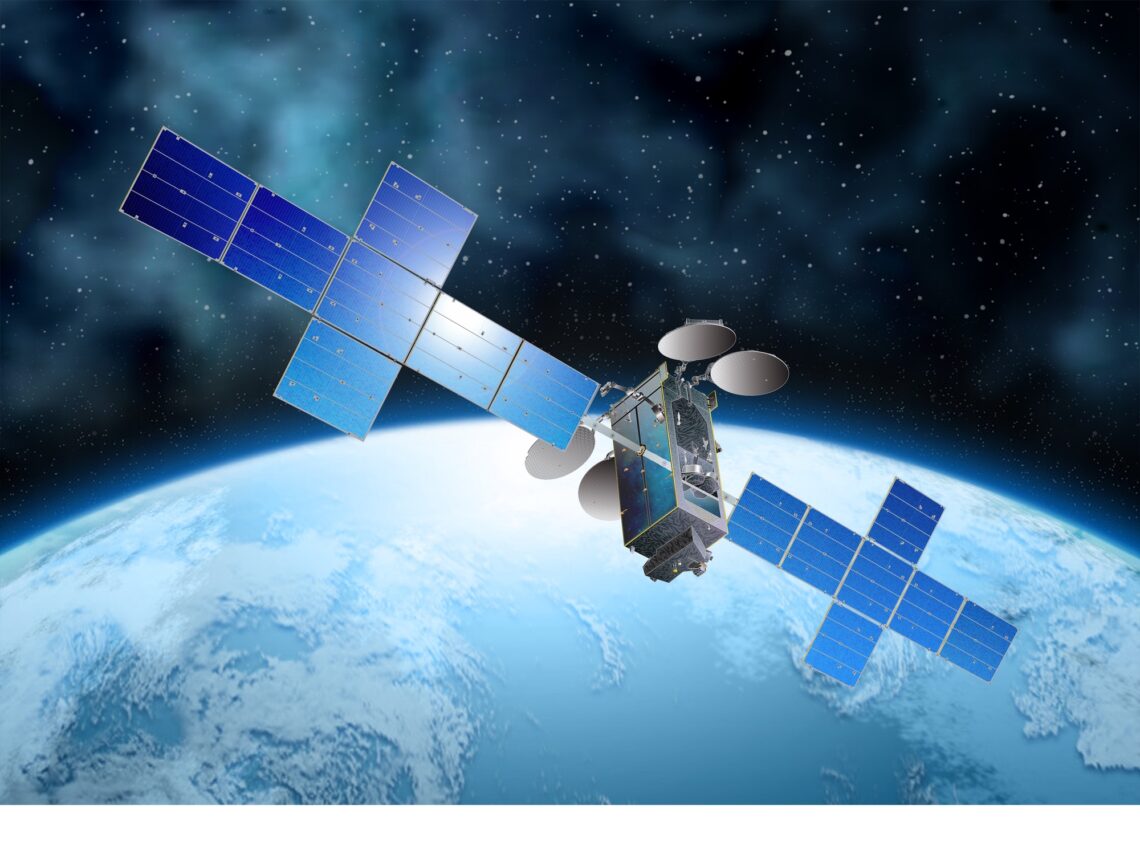WASHINGTON — Manufacturers of traditional geostationary communications satellites insist demand for their products is not going away thanks to technological advances and interest in multi-orbit solutions.
During a panel at the Satellite 2024 conference here March 24, executives with several manufacturers acknowledged demand for their satellites had dropped significantly from historical levels of 20 to 25 orders a year but that the market itself was not dying.
“GEO’s not dead,” said Chris Johnson, chief executive of Maxar Space Systems. “By no means is it dead, but it has evolved.”
He estimated orders had dropped to between 10 and 15 satellites a year, a range that other executives on the panel endorsed. “We still see a market of around 10 commercial GEO satellites a year,” said Hervé Derrey, chief executive of Thales Alenia Space. “There is an adjustment of that market. It is lower than it was five to seven years ago.”
Those companies argued that demand would not further drop because of both the business case of GEO satellites and technological innovations. Ryan Reid, president of Boeing Satellite Systems International, said GEO satellites would continue to play a role in multi-orbit solutions in combination with low Earth orbit constellations. “GEO is the best way to get the economics of bandwidth.”
A key reason for that, they argued, is the greater adoption of software-defined reconfigurable payloads that provide greater flexibility for customers, including maximizing their capacity, said Alain Faure, executive vice president for space systems at Airbus Defence and Space. “With reconfigurability in orbit, I don’t see that GEO is dead.”
They acknowledged, though, that markets are changing, emphasizing greater work with government customers as well as moving beyond GEO communications satellites into other markets. They also said how they work with customers is shifting.
“We are changing our…
Read the full article here


